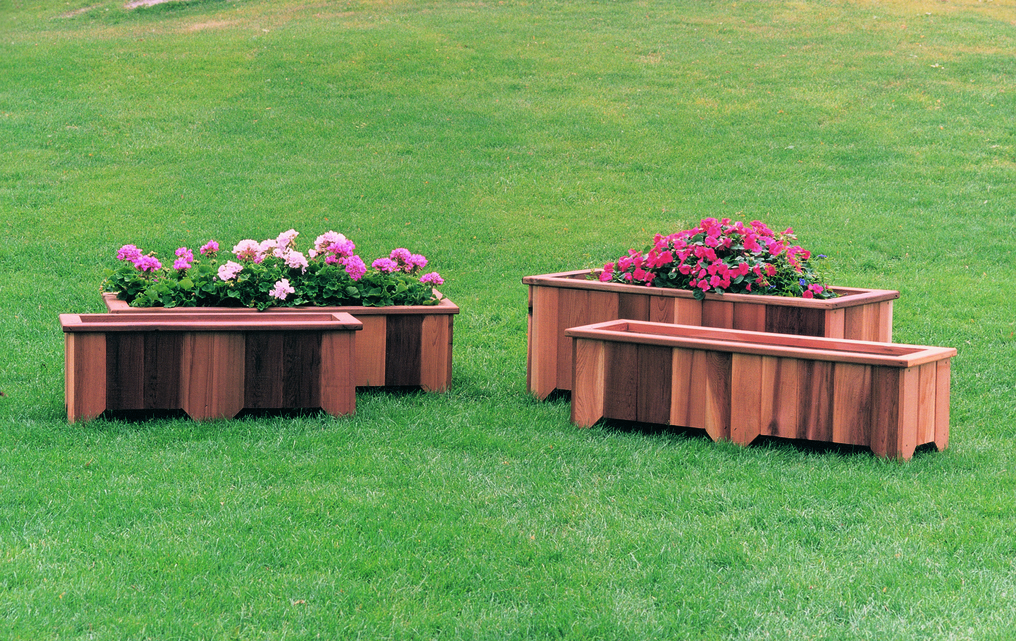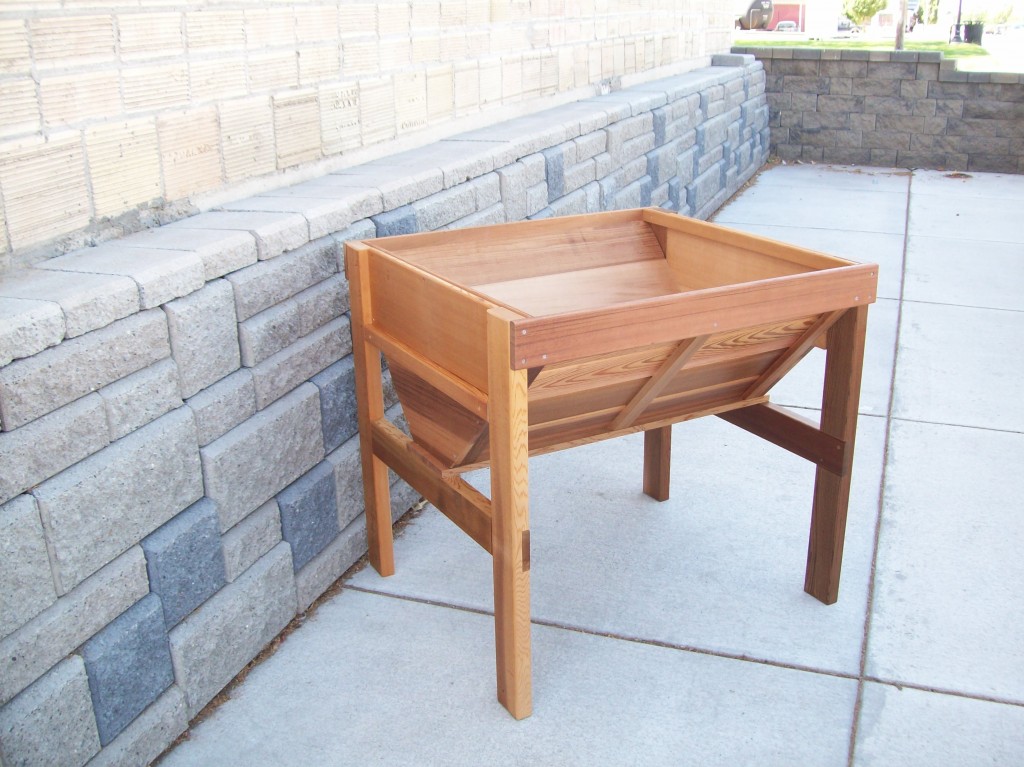GARDENING TIMELINE
Your garden will benefit from maintenance performed routinely, according to the season. The following timeline provides some seasonal guidelines for successful gardening.
Early Spring (March/April)
The warmer weather of early spring allows garden debris and soil to soften enough for cleaning and preparation. Removing dead leaves and other fragments from your Wood Country Planter Boxes or our Raised Vegetable Garden Bin will leave the site ready for further preparation and helps prevent fungus growth. Prepare the soil for future planting by softening the soil with a hand shovel, blending in compost and fertilizer as you go along. Since seedlings need several weeks of indoor care before transplanting, check seed packets to determine which to start in indoor containers.
Late Spring (May)
If you have had a history of insect problems, ask your local nursery about ladybugs. You can purchase ladybugs, which keep many problem insects under control without harming plants.
Mid to late Summer (July/August)
Make sure all planters and bins have plenty of mulch to see them through the rest of the summer. Also, regular watering is one of the most important things you can do for all of your plants during the hottest time of the year. A drip system works well with all of the Wood Country Planters, Raised Vegetable Garden Bin and our Raised Beds as they become prone to dryness.
Early Autumn (September)
As the summer comes to an end, summer annuals will begin to wither. Remove the summer plants and you can substitute autumn annuals like chrysanthemums and marigolds. Remove withered and unhealthy branches from shrubbery and trees.
Mid-Autumn (October)
Bulbs that bloom in the spring should be planted in soil prepared with compost. Water shrubs and recently transplanted trees for the last time before winter. Follow maintenance instructions for your lawn mower and check all other gardening equipment for wear. Remember to drain your hoses and keep stores in an area where they will be protected from freezing.
Late Autumn (November)
Cover any transplanted plants with clean straw once they are in dormancy. This layer provides insulation during the cold months. Raked leaves are a good addition to your compost pile. Compost breaks down more effectively if you keep it covered to maintain heat (especially in colder regions).
Winter Months
Don’t forget to keep adding to your compost pile. Colder areas will need to keep the pile covered to hold in heat; for warmer regions, keep the compost turned on a regular basis.
Gardening is a year-round activity. But all of the work you put into your garden during the colder months will be rewarded when your see the blooming, thriving results.


